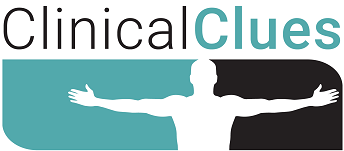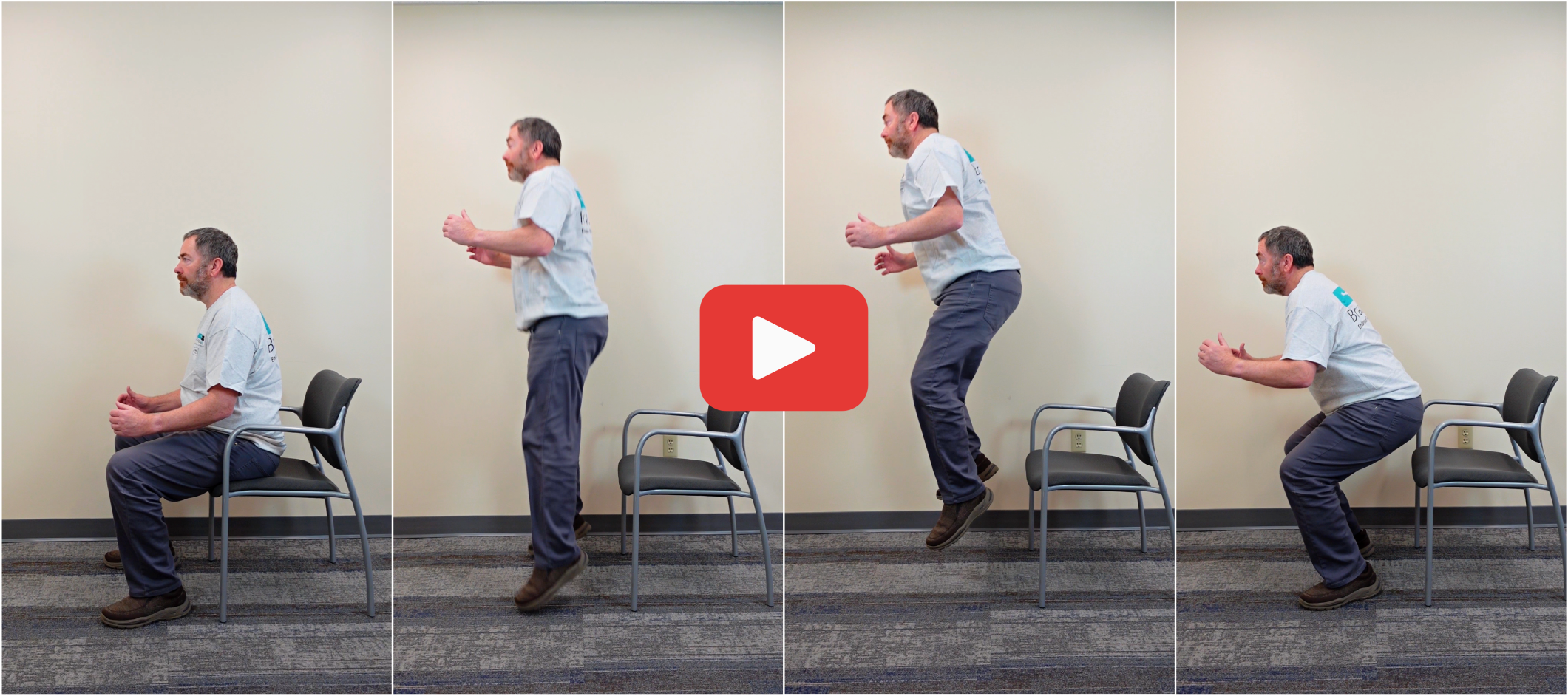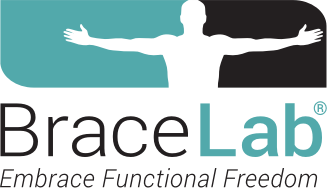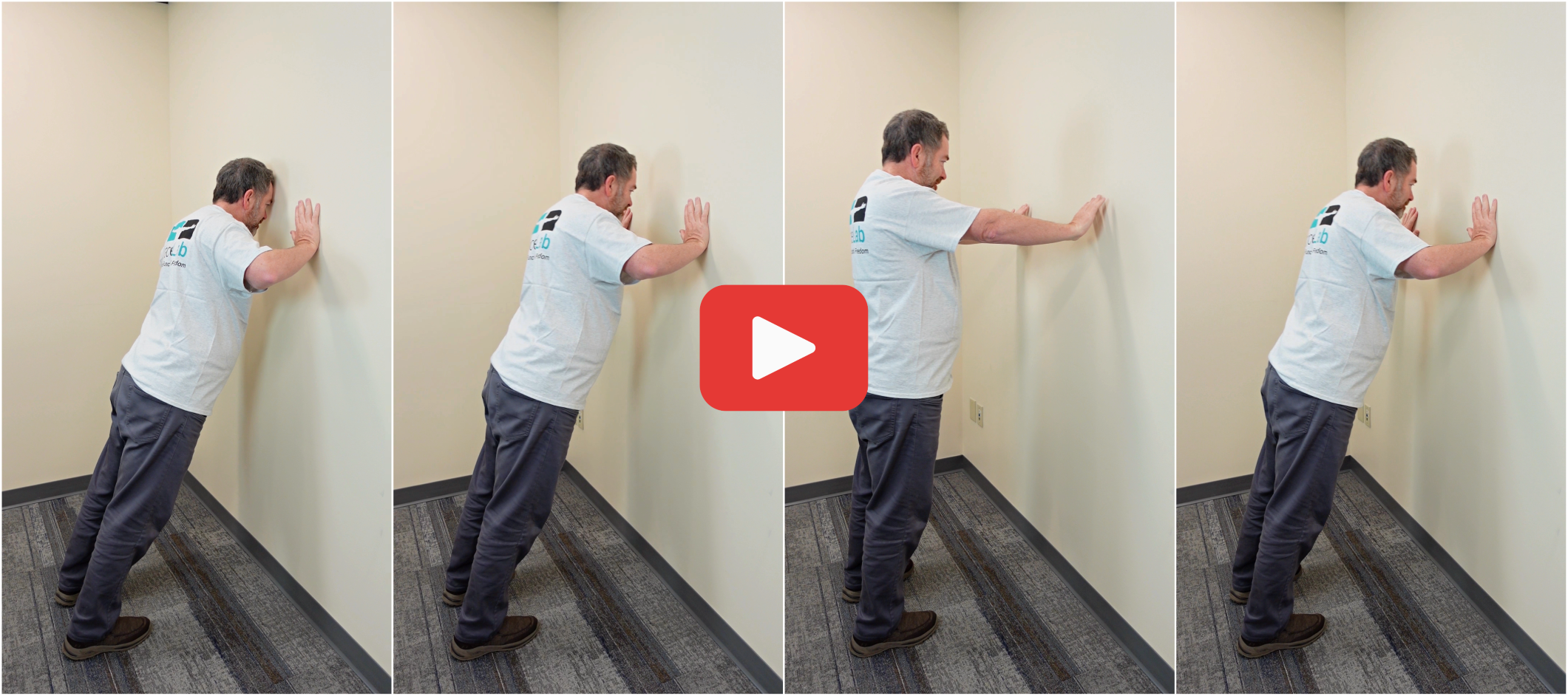Should Exercises Be Faster as We Age?

January 2023 No. 30
Should Exercises Be Faster as We Age?
by Jerry Ditz, DPT, Dip. Osteopractic, Cert. SMT, Cert. DN
Prior to reading the article, "Single Muscle Fibre Contractile Function with Ageing," I did not consider that Type 1 and Type 2 muscle fibers are impacted differ-ently by the aging process. After reading this article, I began to question whether I provide the best exercise recommendations for my aging patients.
My general assumption had been that aging effects both muscle fiber types equally, but surprisingly, this is not the case. Slow twitch muscle fibers (used for aer-obic activities) remain unchanged in size and function throughout one’s lifespan. Meanwhile, fast twitch fibers, (used for anaerobic activities) reduce in size and function as one ages. Thus, if only fast twitch muscle fibers are affected by age, should our exercise prescription for the elderly primarily target the fast twitch fibers?
It has been demonstrated that aerobic exercises such as walking, long-distance running, cycling, and long-distance swimming do not impact fast muscle fibers. Two basic exercises that impact fast twitch muscle fibers are resistance training and plyometric training, both of which are anaerobic exercises.
Most therapists have experience in prescribing resis-tance training, even for the elderly. Plyometric training, on the otherhand, is typically used only with athletes and rarely recommended for older individuals. However, based on limited research, plyometric training appears to be a safe recommendation for the older population.
Here are two plyometric exercises suitable for your older patients:
Lower Extremity
Chair Jumps: A modification of the functional movement of the sit-to-stand exercise.
1. Patient sits on the front edge of a chair with feet underneath them.
2. Patient stands up as fast as possible, pushing the feet off the floor for a small jump.
3. Have patient concentrate on landing with knees bent while trying not to return to a sitting position.
4. A pad/pillow can be placed on the chair to make pushing up for a small jump easier.
Important Emphasis:
1. Attempt maximum speed of transition from sitting to standing.
2. Control the landing without falling back down to the chair.


Chair Jumps (Click to watch video example)
Upper Extremity
Explosive Wall Push-Ups: A modification of the traditional push-up, performed on a wall because most individuals lack the strength to perform this on the ground.
1. Patient starts with feet arms distance from the wall, shoulder width apart, and goes into the down phase of a push-up against the wall.
2. Patient pushes up/off the wall position as fast as possible.
3. With elbows slightly bent and the chest not hitting the wall, the patient returns to the down phase of a wall push-up.
Important Emphasis:
1. Attempt maximum speed of transition from down phase of the wall push-up to pushing off the wall.
2. Control landing of hands on the wall without letting the chest hit the wall.
Explosive Wall Push-Ups (Click to watch video example)
The biggest difference between these two modified exercises above and conventional exercises is the speed with which the movements are performed. By moving as fast as possible and controlling the landing (eccentric phase), the patient challenges the fast twitch muscle fibers most impacted by aging.
While it is important for elderly patients to know that any type of exercise is better than no exercise, exercises that target fast twitch muscle fibers may be the best way to overcome the negative impacts of aging.
Download Clinical Clue No. 30, Should Exercises Be Faster as We Age?, January 2023
© BraceLab; 2023 all rights reserved
Disclaimer: BraceLab Clinical Clues are intended to be an informal sharing of practical clinical ideas; not formal evidence-based conclusions of fact.

